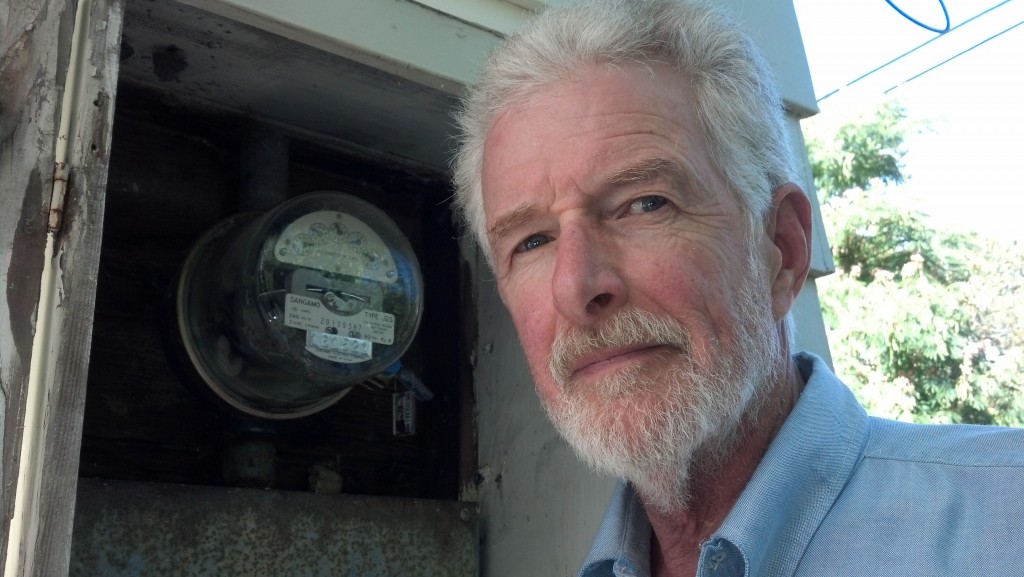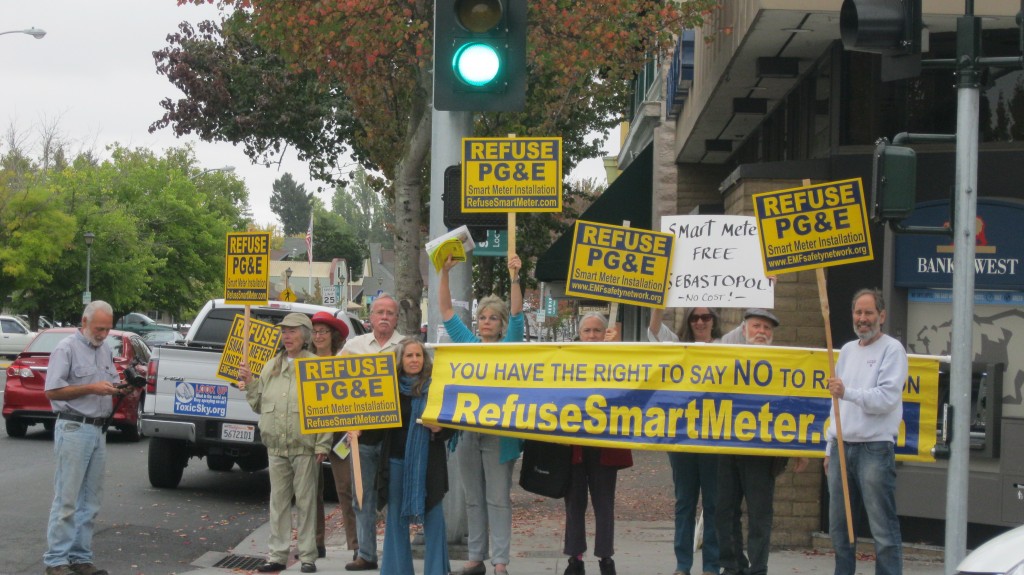By: Joel M. Moskowitz, Ph.D. Director, Center for Family and Community Health, School of Public Health, University of California, Berkeley
Many people are unaware that they are exposed to cell phone radiation when their cell phones are in standby mode. This occurs because their cell phone contacts the nearest cell tower periodically to update its location.
In a moving vehicle, cell phones in standby mode contact cell towers more frequently. Thus, exposure to cell phone radiation from one’s cell phone is greater in transit.
Two Swiss researchers, Damiano Urbinello and Martin Roosli, set out to measure personal cell phone radiation exposure during car, bus and train trips when one’s own phone was in standby mode.
Their study just published in the Journal of Exposure Science and Environmental Epidemiology identified a source of cell phone radiation that may constitute a public health problem. Namely, secondhand exposure to cell phone radiation from other people’s cell phones can be considerable while traveling on buses and trains (1).
During bus or train trips, individuals may be exposed to considerable amounts of cell phone radiation from other people’s cell phones. Buses and railroad cars act like “Faraday cages” that reflect much of the electromagnetic radiation emitted by cell phones throughout the vehicles’ interiors. Thus, all passengers, including infants and pregnant women as well as those without cell phones, may be exposed to considerable levels of cell phone radiation emitted by others’ phones.
As for car trips, the results of the study suggest that exposure to cell phone radiation from one’s own phone in standby mode is relatively low compared to overall exposures during public transit. Nonetheless, those who are concerned about their exposure to cell phone radiation should turn off their phones during car trips, or at the very least, avoid using their phones for calls.
● “The study indicates that own uplink exposure during car driving can be considerably reduced (about a fraction of 100) when turning off ones own mobile phone in order to prevent it from location updates.” (1)
The researchers found that GSM, the 2G carrier system in Europe which is used in the U.S. for voice communication by AT&T and T-Mobile, is particularly problematic compared to UMTS, a 3G carrier system used for data transmission. The researchers did not test CDMA which in the U.S. is used by Verizon and Sprint for voice calls. Other research has found that GSM emits 13 to 28 times more radiation on average than CDMA during phone calls. No published studies have examined exposures from LTE, the 4G carrier system now in widespread use in this country.
● “GSM levels in the reference scenario during bus and train rides were about 100 times higher than those during car rides. As a consequence of this high background exposure in trains, due to the use of other people’s mobile phone in a closed area intensified by the Faraday cage effect, the relative contribution of the location update from ones own mobile phone is small” (1)
The study also reported that smart phones, including the iPhone 4 and the Blackberry Bold 8800, which can operate on four radiofrequency bands emit more radiation during standby mode than classic phones, like the Nokia 2600, which operate on two bands.
Earlier this year, a study was published that examined cell phones in standby mode while stationary. Kjell Mild and his colleagues from Sweden found that under these conditions cell phones contacted the cell towers only once every two to five hours. They concluded that exposure to cell phone radiation in this situation “can be considered negligible.”
These studies should be replicated in the U.S. as well as in other countries since every cell phone carrier system operates differently.
In the meantime it is advisable to keep cell phone use in moving vehicles to a minimum as low level exposures to cell phone radiation have been associated with deleterious effects in humans.
To protect us from the health risks associated with cell phones and related devices (e.g., cordless phones, Wi-Fi, wireless Smart Meters and security systems, and cell towers), we need research independent of industry to develop biologically-
References
1) Urbinello D, Roosli M. Impact of one’s own mobile phone in stand-by mode on personal radiofrequency electromagnetic field exposure. Journal of Exposure Science and Environmental Epidemiology advance online publication, Oct 24, 2012.
Source Department of Epidemiology and Public Health, Swiss Tropical and Public Health Institute, Basel, Switzerland and the University of Basel, Basel, Switzerland.
Abstract
When moving around, mobile phones in stand-by mode periodically send data about their positions. The aim of this paper is to evaluate how personal radiofrequency electromagnetic field (RF-EMF) measurements are affected by such location updates. Exposure from a mobile phone handset (uplink) was measured during commuting by using a randomized cross-over study with three different scenarios: disabled mobile phone (reference), an activated dual-band phone and a quad-band phone. In the reference scenario, uplink exposure was highest during train rides (1.19 mW/m(2)) and lowest during car rides in rural areas (0.001 mW/m(2)). In public transports, the impact of one’s own mobile phone on personal RF-EMF measurements was not observable because of high background uplink radiation from other people’s mobile phone. In a car, uplink exposure with an activated phone was orders of magnitude higher compared with the reference scenario. This study demonstrates that personal RF-EMF exposure is affected by one’s own mobile phone in stand-by mode because of its regular location update. Further dosimetric studies should quantify the contribution of location updates to the total RF-EMF exposure in order to clarify whether the duration of mobile phone use, the most common exposure surrogate in the epidemiological RF-EMF research, is actually an adequate exposure proxy.
http://www.ncbi.nlm.nih.gov/
2) Mild KH, Andersen JB, Pedersen GF. Is there any exposure from a mobile phone in stand-by mode? Electromagnetic Biology and Medicine. 2012 Mar;31(1):52-
Source Department of Radiation Sciences, Ume niversity, Ume Sweden. kjell.hansson.mild@
Abstract
Several studies have been using a GSM mobile phone in stand-by mode as the source for exposure, and they claimed that this caused effects on for instance sleep and testicular function. In stand-by mode the phone is only active in periodic location updates, and this occurs with a frequency set by the net operator. Typical updates occur with 2-5 h in between, and between these updates the phone is to be considered as a passive radio receiver with no microwave emission. Thus, the exposure in stand-by mode can be considered negligible.
https://pubmed.ncbi.nlm.nih.gov/22268596/








